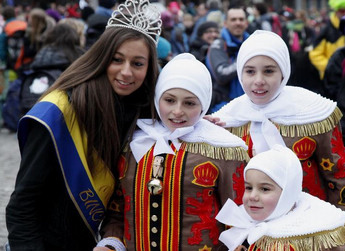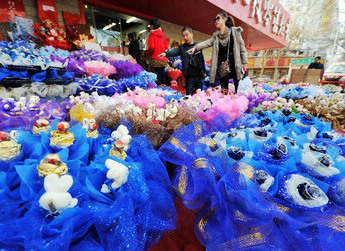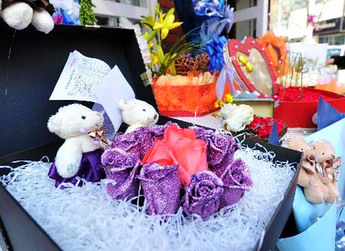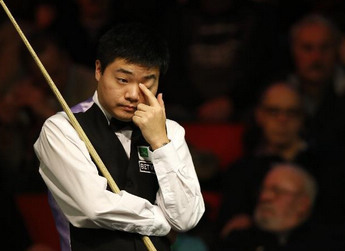
 |
| New Year paintings are pasted into an album.(China Daily/ Bi Xingshi) |
First made more than 500 years ago, the paintings represent expectations of a prosperous life.
During the Spring Festival, Chinese homes are traditionally decorated with nianhua, or New Year paintings.
Although this folk art has seen its popularity wane in modern times, it still survives in some places in China.
In Henan province, the Huaxian woodblock nianhua is named after the place where it's made, Huaxian county in Anyang city. It was first produced more than 500 years ago during the Ming Dynasty (1368-1644), and it was most popular during the Qing Dynasty (1644-1911). In 2008, it was listed as a national intangible cultural heritage.
The Huaxian New Year paintings are rich in content. Most paintings are based on historical stories, religious statues, fairy tales and traditional Chinese operas. People hang them on the walls of their rooms, on their front doors or in their kitchens.
Some of the most popular New Year paintings are the so-called Door Gods, which are pasted on front doors to keep ghosts and evil spirits away. The paintings embody people's expectations of a prosperous life in the New Year.
The Huaxian nianhua paintings are handmade. First, the craftsmen draft an image and engrave that image on a block of wood. They then print out the paintings, which are in black and white. The final step is to colorize the paintings. Craftsmen in Huaxian county retain this traditional production process, which was passed down from their ancestors.

















 Young Spanish scientist has a career 'made in China'
Young Spanish scientist has a career 'made in China'


![]()
